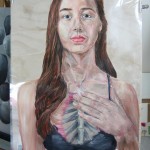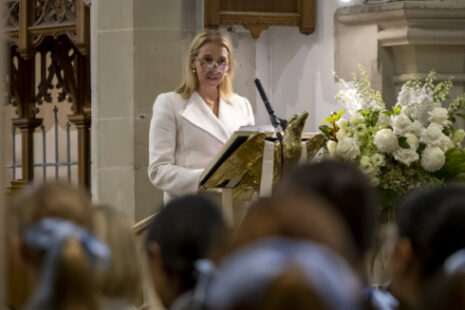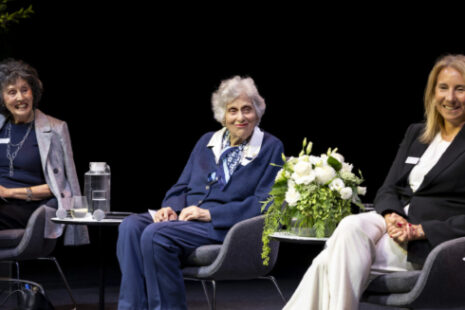Education and Innovation on our Doorstep

Many educationalists consider creative and critical thinking that is embedded in the Arts to be an integral component of STEM, expressing the acronym STEAM.
In the past week, I have attended a Victorian Principals’ function at the University of Melbourne, hosted by the Vice Chancellor, Professor Glyn Davis. The University of Melbourne is consistently ranked among the leading universities in the world, with international rankings of world universities placing it as number one in Australia and 33 in the world.[1]
With such prominent world rankings comes a growing demand, locally, nationally and internationally to attend the University of Melbourne, resulting in 20% of the first year placements now being offered to interstate school graduates. This, of course, places increased pressure for a University of Melbourne tertiary offer on our Victorian Year 12 students, and the demand for College residency is also increasing. The competition pool just became that much larger!
The demand to attend the University is also evident in the enrolment in the University’s ‘massive open online course’ (MOOC) which is now achieving in three years, one million enrolments in MOOCs. The staggering statistics of this form of education include:
- Across the three years of coursework, more than two million assessments have been submitted, and nearly ten million video lectures watched;
- 36% of learners are from emerging economies; and
- On average, each University of Melbourne MOOC has participants from 167 countries, making this a truly global educational experience for MOOC learners.
The future planning of the University is also inspiring to say the least. 2018 will see the opening of the Science Gallery, Melbourne; an innovative venue for Science and Art collaboration planned for the heart of Melbourne’s new innovation precinct. The award-winning international initiative pioneered by Trinity College, Dublin will deliver a dynamic new model for engaging 15–25 years olds with a combination of Science and Art, a vision also reflected in the academic and creative offerings provided to our students.
With a strong analgesics focus on Science, Technology, Engineering and Mathematics (STEM) across our Junior and Senior School our curriculum and teaching staff continue to provide innovative and engaging programs to excite and empower our girls to consider career pathways in STEM. Further to this many educationalists also consider Arts to be an integral component of STEM, expressing the acronym STEAM.
St Catherine’s Head of Arts, Mrs Brigid Weereratne explains Arts is included due to the creative and critical thinking that is embedded in the Art curriculum. “Within St Catherine’s, students are taught to develop an understanding of how to research, explore, refine and create artworks through process and these creative thinking skills are a vital part of many engineering, science or technological developments.

“An ability to see a wider and more diverse range of possible solutions, being open to ideas that are ‘outside the box’ is an important aspect of developing and creating artworks but also scientific or engineering discoveries,” Mrs Weereratne says.
Rose Hiscock, the recently appointed Director of the Science Gallery Melbourne also provided a Keynote Address at the Principals’ function last week. Hiscock highlighted the emerging theme from the innovative space was about embracing ‘creativity and curiosity’. Hiscock explains, “As a passionate advocate for arts and science, I believe Science Gallery Melbourne will make a profound impact on the ideas and cultural life of the city. Arts and science play a crucial role in shaping our future. Science Gallery Melbourne, joining its sister galleries in Dublin, London and Bangalore, will be an unstoppable force of inspiration for the next generation of innovators.”
Find out more about the future planning of the Science Gallery – an exciting venture for Melbourne school children, with a ‘must attend’ on the excursion list for St Catherine’s in future years.





